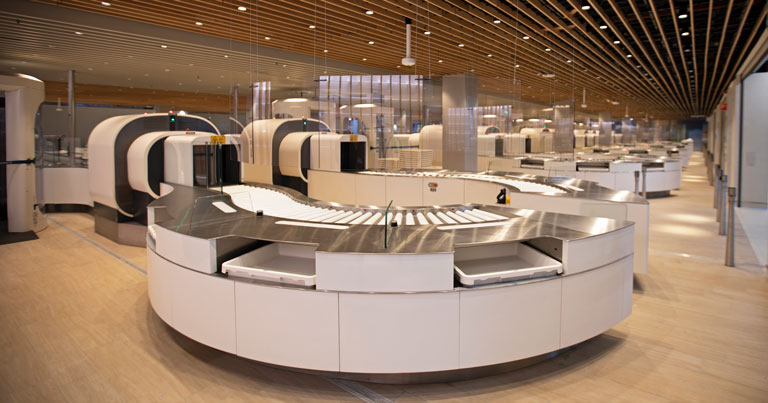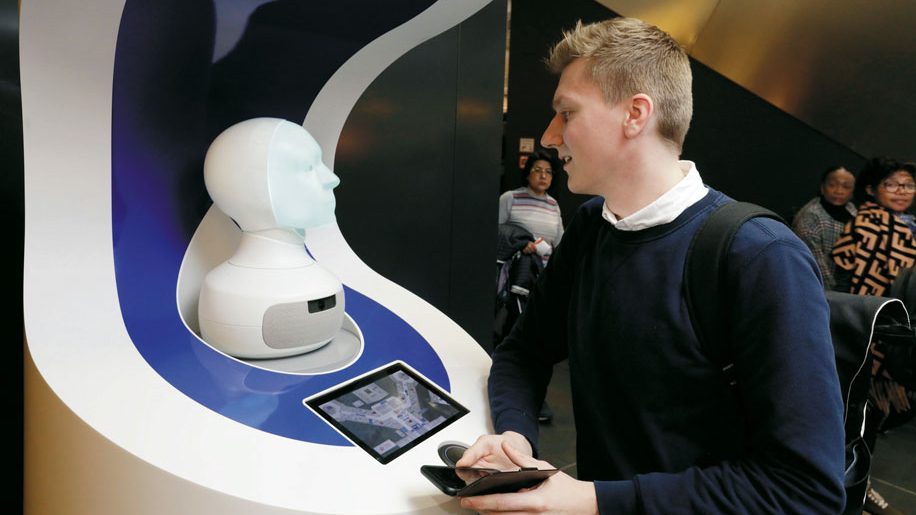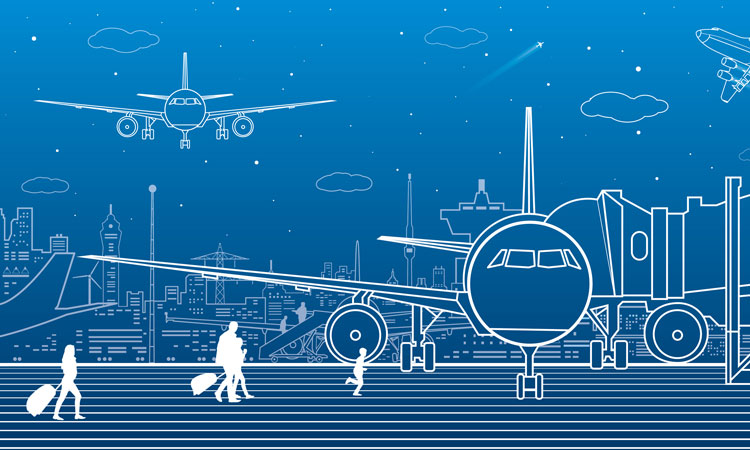Nowadays, technologies are everywhere. Everyone talks about digitalization. But an interesting thing is that mostly people are aware of technologies and innovations either in commerce sphere (different products or services provided) or in spheres that are directly connected with IT (devices, Internet communications, automation etc.). However, there are other industries that are less obvious for people in terms of technologies adoption, as an example food industry or aviation.
Airport innovations are as important as in any other spheres. Digitalization helps to keep up with all recent trends (such as widespread Apple Wallet boarding pass) and optimize operations (make them quicker and less costly). Here are the use cases of emerging technologies implemented in different airports:
- Wi-Fi tracking
Wi-Fi is known as a source of providing wireless network connection to passengers while they are waiting for their flight. But there are also advantages for an airport: it is possible to use Wi-Fi hotspots to track people’s smartphones and analyze how people move around terminals. First, this data is extremely useful for reducing congestion at the most crowded places by allocating more human resources there, for example. Second, based on passenger flows in duty free areas an airport could better estimate what are the most popular spots and optimize facilities rent pricing, therefore, increasing its non-aviation profits.
- Biometric Identification
End-to-end passenger journey is the aim of so called One ID initiative. The idea is that once a passenger has registered his/her biometric data (face, fingerprints, iris pattern) it is possible to use this data for all the control stages at the airport instead of documents. Starting from check-in and baggage drop off to security control and boarding everything you need is just you! This initiative could help reduce waiting times and decrease the number of employees needed at each touch point.
- Digital Twin
Having a digital overview of an entire airport on the palm of a hand (similar to a scaled LEGO version of a city) becomes real with a digital twin. Idea is that all the monitoring and analytical systems are getting connected with one another, tangible assets are connected to the existing systems by being tagged with various types of tags and scanners (beacons, RFID etc.), airport map is digitized and converted to a 3D model. Using this digital twin makes the whole infrastructure visible and improves monitoring of vital systems so that an airport can react faster to any changes (breakdowns, congestion etc.).

- Baggage tracking with RFID
Have you ever faced the problem of losing your suitcase? Hope not, but this is something that happens sometimes with other passengers and then it takes quite a long time to find baggage and return it. An IoT solution comes here to help airports addressing this issue and reduce costs for baggage search. Instead of using manually scanned stickers with barcodes (that you always see on your suitcase) airports can start using RFID tags that could be scanned by machine and tracked throughout all the path increasing transparency and allowing faster detection in case of loss.
- CT scanning
Computer Tomography is known by its usage in healthcare to detect any internal abnormalities in the body. But this is something that could also be applied by security control as this method allows scan everything inside the baggage without a need to take out liquids and devices (yes, the most annoying step of all controls when you have to take everything out and then try to place it back, especially challenging when your suitcase is hardly available to be closed). This has a potential to significantly reduces the time needed to perform the security check.

- AI Assistance
Artificial Intelligence capabilities are being used to develop digital assistants to help passengers with practical matters in an airport. Whenever there is a navigation question, question regarding a flight or any other you don’t have to struggle with information signs or try to find a staff member – just come to the point and ask your question to a robot or a virtual assistant and it will help you!

- Machine Vision
A network of different video observation systems (including CCTV cameras, 360-degree cameras, multifocal sensors etc.) allows to monitor the situation around all parts of the airport and make decisions to perform actions if required. For example, it can detect crowds of people on a certain touch point signaling that there is a need for additional staff to be directed there. Or it can help detect intrusion on territories with limited accessibility such as the apron/runway.
- Drones
Drones are a controversial topic, but they also have a useful potential. It has been discussed a lot that drones coming from outside are threatening the airside operations by invading the flight space and causing dangerous situations. However, if used internally (by an airport) they could be used for runway deliveries. If there is something needed for an aircraft, be it a spare part or a forgotten document, it would be much faster and effectively delivered by a drone than by a person who needs to cross all the apron.
- Remote Air Traffic Control Towers
One of the most crucial elements of an airport infrastructure enabling its functioning is ATC (those high round towers that you saw on the apron) where operators are located to provide guidance and commands to aircraft pilots. With the use of video, sensors, AR/VR visualizations there is no need for operators to be in this tower – they can have a huge system of integrated displays in front of them showing in real time what is happening on runways or in the air so they have access to all necessary information and can provide their guidance remotely.

Did you know that Amsterdam Schiphol airport has been leading in innovation for quite a long time already? They have implemented at least 5 of the abovementioned solutions (CT scanning, biometrics, information modelling etc.). The other innovator is Frankfurt Airport that has implemented an AI-powered assistant (called FRAnny), robots for tasks automation, omnichannel e-commerce platform and many other projects.
And this is not a complete list of all technology applications that could be used by an airport! There are many more such as self-service baggage check-in, robotic car parking, visual docking guidance systems that help parking aircrafts etc., the described ones are just the most popular that airports around the world have already started implementing. So do not underestimate airports to become one of the most digitized organizations in the observable future.
Resources:


This is a very interesting post Sofia! I was already aware of the most used technologies and innovations on international airports because of my deep interest in aviation (especially related to optimizing the supply chain), yet there are still a few use-cases you mention in your post that are new to me! I think the ‘WiFi tracking’ use-case can result in significant improvements in the optimal use of the limited space at an airport. However, I think this use-case will face some difficult privacy challenges. The same challenge actually applies to the use-case ‘biometric identification’, I doubt if many people are willing to share their biometric data with an airport/airline. Maybe it is an idea to make it optional for every traveler. If it becomes optional, I would definitely use it to save time!
In addition to these innovations at airports, there are also many interesting innovations within airplanes themselves. For example the use of AR to inspect all airplane components.
Hi Sofia, I think you covered a very interesting industry that is greatly impacted by digitalization. We always know that airport management is extremely difficult, the task of controlling both airplanes that are leaving, arriving and stationary as well as the airport itself is overwhelming. I think this post shared a good insight in how to leverage the impact of digital technologies in different parts of the airport processes. As you have written here, they utilise wifi tracking and biometric identification to handle people and remote air traffic controllers to handle airplanes. Maybe it is a possibility of utilising these technologies in different settings, such as the use of AI assistance and machine vision in hotels or shopping malls. This may help improve customer service or optimize people management.